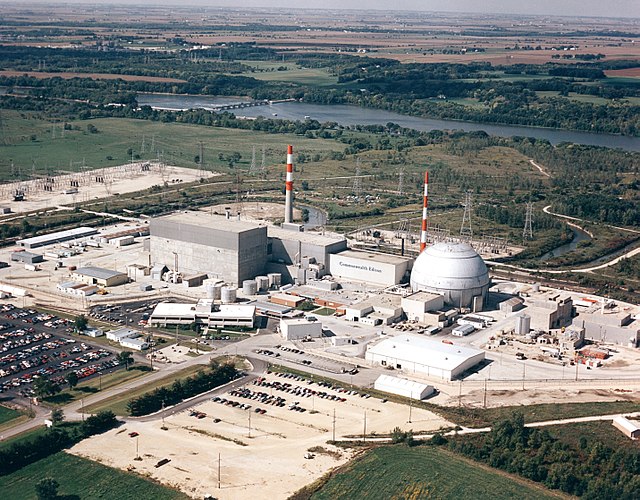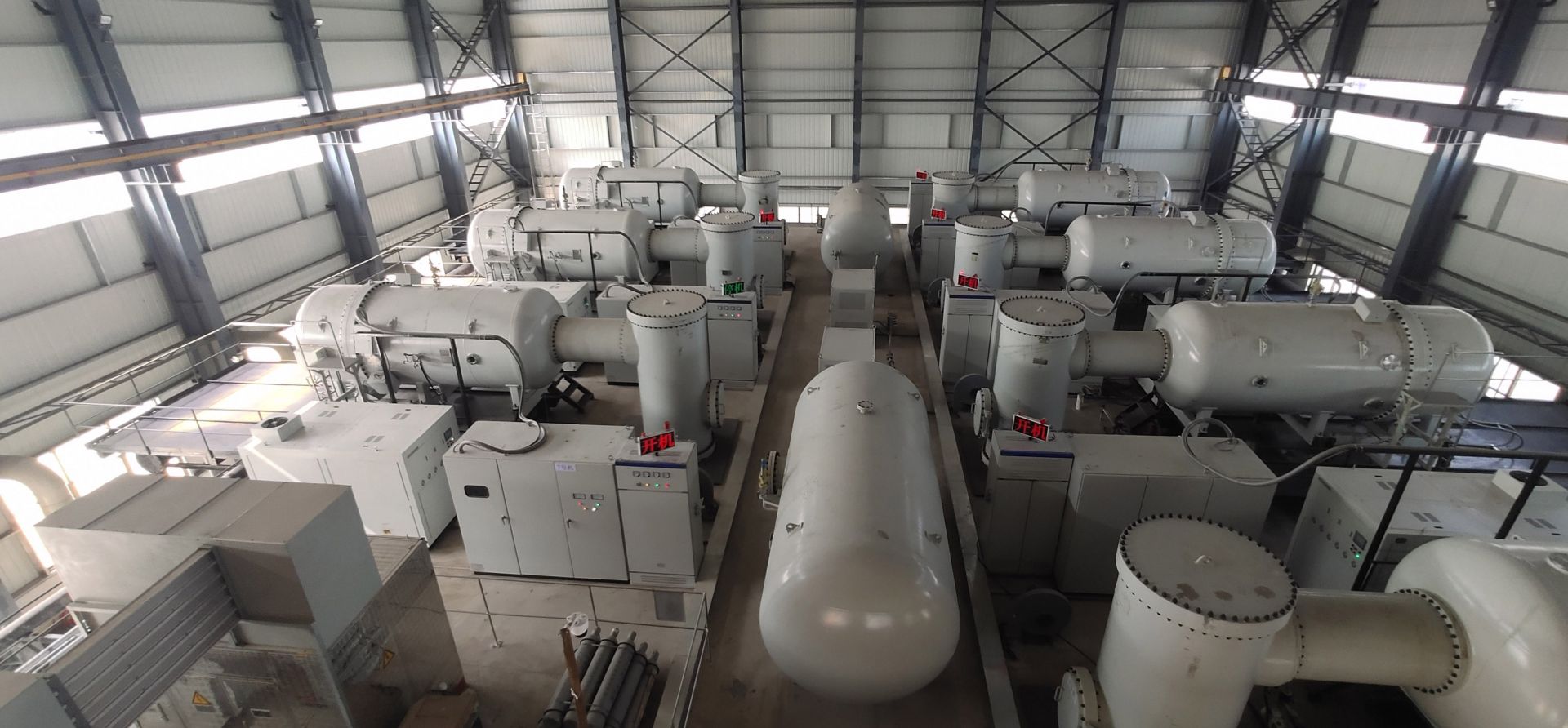Chuck Metz Jr. discusses his collaboration with Harold Denton, whose memoir interweaves a retelling of the Three Mile Island accident events with stories of his career-long advocacy for nuclear safety.

Metz
A number of years ago, historian and writer Chuck Metz Jr. was at the Bush’s Visitor Center in Tennessee’s Great Smoky Mountains when he ran into former Nuclear Regulatory Commission official Harold Denton and his wife. Metz was at the visitor center, which opened in 2010 and is now a tourist hotspot, because, as he explained to the Dentons at the time, he had overseen the development of its on-site museum and had written a companion coffee-table history book.

The chance meeting turned into a friendship and a fruitful collaboration. Denton, who in 1979 was the public spokesperson for the NRC as the Three Mile Island-2 accident unfolded, had been working on his memoir, but he was stuck. He asked Metz for help with the organization and compilation of his notes. “I was about to retire,” Metz said, “but I thought that exploring the nuclear world might be an interesting change of pace.”
Denton passed away in 2017, but by then Metz had spent many hours with his fast friend and was able to complete the memoir, Three Mile Island and Beyond: Memories of a Life in Nuclear Safety, which was published recently by ANS. Metz shared some of his thoughts about Denton and the book with Nuclear News. The interview was conducted by NN’s David Strutz.
Taishan nuclear power plant. (Photo: EDF Energy)
If Taishan-1 were operating in France, Électricité de France would shut down the reactor in order to assess the situation in progress and stop its development, according to a July 22 press release from EDF. The 1,660-MWe French-designed EPR—the recent subject of sensational press coverage of fuel rod failures—operates in China’s Guangdong Province.
Davis-Besse nuclear power station, which is operated by EnergyHarbor. (Photo: U.S. NRC)
Akron, Ohio-based FirstEnergy Corporation has been charged with wire fraud and will pay a $230 million monetary penalty over its role in a $61-million corruption and racketeering scheme to secure state subsidies for Ohio’s nuclear power plants, Davis-Besse and Perry.
Hot-fire test at Blue Origin’s West Texas launch facility in July 2019. (Photo: Blue Origin)
In July 1969, the public’s attention was fixated on NASA’s Apollo 11 mission—a “giant leap for mankind” that was memorably marked by Neil Armstrong as he stepped onto the surface of the moon. This July, the possibilities of spaceflight are once again capturing the public’s imagination and news headlines. While NASA invests in nuclear propulsion research and development to stretch the limits of U.S. space missions, private companies Virgin Galactic and Blue Origin are stretching the definition of “astronaut” and proving they can offer a high-altitude thrill to paying customers.
The Salem nuclear power plant. (Photo: Peretzp)
In the latest legal action over the New Jersey Board of Public Utilities’ (BPU) April 2019 order providing subsidies to the Hope Creek and Salem nuclear plants, the state’s Supreme Court has declined to hear an appeal.
A still image from a three-part video tour of NuScale’s facilities. (Photos: NuScale Power)
When Utah Associated Municipal Power Systems (UAMPS) in 2015 announced its plan to develop the Carbon Free Power Project (CFPP) using NuScale Power’s modular light water reactor design, it envisioned the construction of a dozen 50-MWe modules for a plant that could produce a total of 600 MWe. The CFPP’s target output later rose to 720 MWe, when UAMPS opted to scale up to 60-MWe modules. In late June, the plans changed once again, as UAMPS participants chose to build 77-MWe modules but downsize the plant from 12 units to six, which would yield 462 MWe—about 64 percent of the 720 MWe that could have been generated from 12 of the 60-MWe modules.
The Dresden nuclear power plant (Photo: Nuclear Regulatory Commission)
As Illinois lawmakers continue to debate energy legislation that would allow the state’s Byron and Dresden nuclear plants to continue operation beyond this year, Exelon would like to remind everyone—including those legislators, no doubt—of what is at stake.
Nicholas Thompson of LANL helps set up the neutron clustering measurements at the Walthousen Reactor Critical Facility at Rensselaer Polytechnic Institute in Schenectady, NY. (Photo: LANL)
A statistically predicted tendency for neutrons produced inside fission reactors to form in clusters can cause asymmetrical energy production that is counterbalanced, at least in part, by the spontaneous fission of radioactive material in the reactor.
Rendering of the multipurpose building that will house the Nuclear Security Training and Demonstration Centre. (Photo: IAEA)
The International Atomic Energy Agency has broken ground for a new building designed to help countries combat nuclear terrorism in areas such as illegal material trafficking and physical protection of facilities.
July 16, 2021, 3:02PMNuclear NewsCarley Willis and Joanne Liou Photo: Institute of Nuclear and New Energy Technology
With the capacity to treat 30,000 cubic meters of wastewater per day, the largest industrial wastewater treatment facility using electron beam technology in the world was inaugurated in China in June 2020. The treatment process has the capacity to save 4.5 million m3 of fresh water annually—equivalent to the amount of water consumed by about 100,000 people.
Artistic rendering of the Hermes low-power demonstration reactor. (Image: Kairos Power)
Today, Tennessee governor Bill Lee joined Department of Economic and Community Development commissioner Bob Rolfe and Kairos Power officials in Nashville, Tenn., to celebrate Kairos’s plans to construct a low-power demonstration reactor in the East Tennessee Technology Park in Oak Ridge, Tenn. The company first announced its plans to redevelop the former K-33 gaseous diffusion plant site at the Heritage Center, a former Department of Energy site complex, in December 2020.
Taishan’s Unit 1 was the world’s first EPR to be connected to the grid. (Photo: CGN)
The facts, once known, were uncomplicated. At Taishan-1 in China—the first Framatome EPR to be commissioned—operators detected an increase of fission product gases within the primary coolant circuit sometime after the reactor’s first refueling outage in October 2020. The cladding on a handful of the more than 60,000 fuel rods in the reactor had been breached, posing an operational issue—but not a public safety issue—for the plant.
Sequoyah nuclear power plant (Photo: Photorush/Wikimedia Commons)
In an evaluation report released last week on the Sequoyah nuclear plant’s chemistry/environmental program, the Tennessee Valley Authority’s Office of the Inspector General identified certain risks, both behavioral and operational, that could impact organizational effectiveness. Program behavior was assessed from interviews and field work conducted from September 21 through November 3, 2020, with operations assessed in February of this year.







 A report released last week by the
A report released last week by the 












